New Release
One Day
I Will Die
In a city gripped by fear, Judy Vernon faces love, loss, and a serial killer. Supporting her dying father-in-law and dementia-stricken friend Adrian, she turns to Ali, sparking tension with Ali’s girlfriend, Rae. When Ali is targeted and left comatose, Detective Daphne Loader, battling her own demons, recognizes the killer. As Judy becomes his next target, will she survive, and who will stop him?
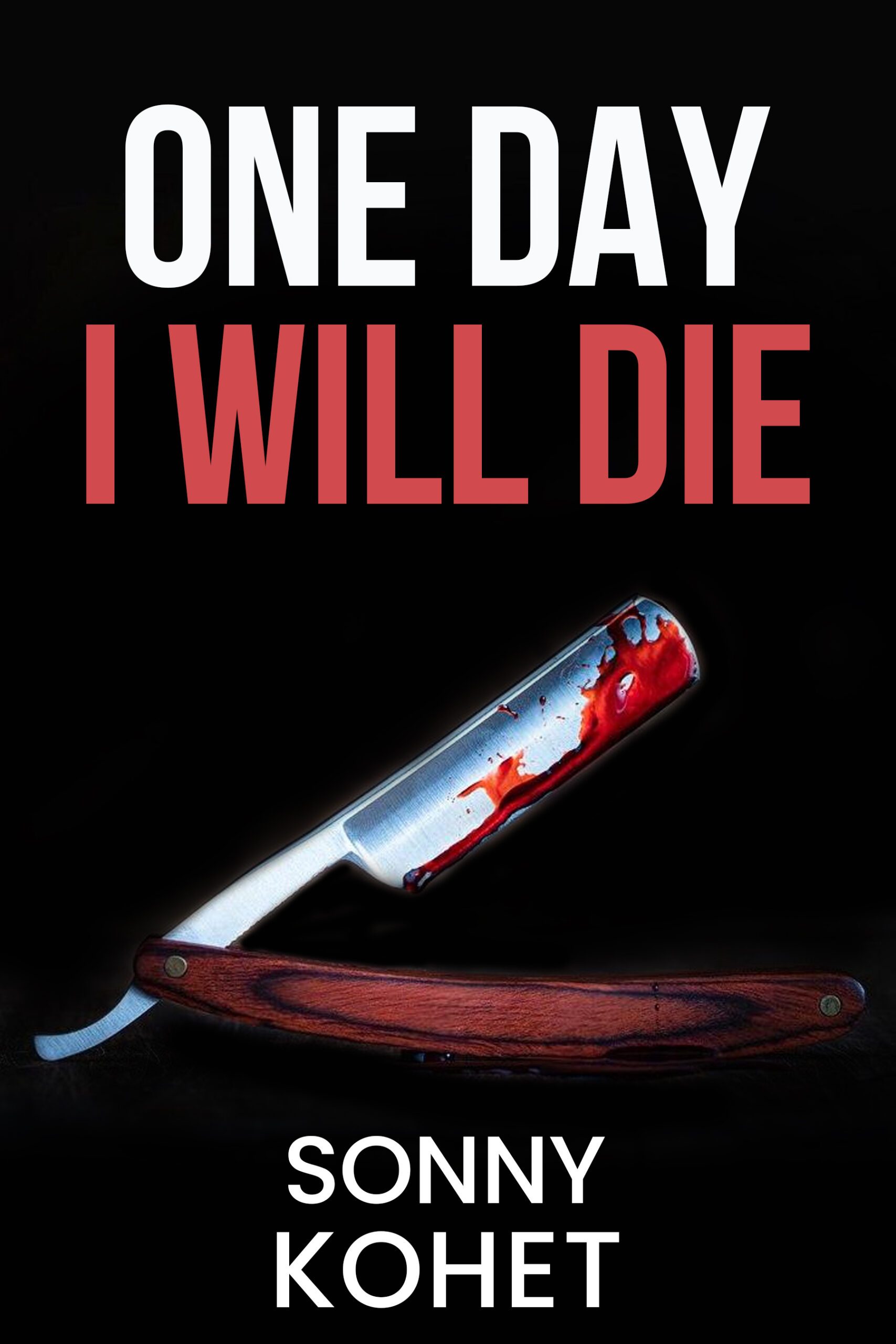
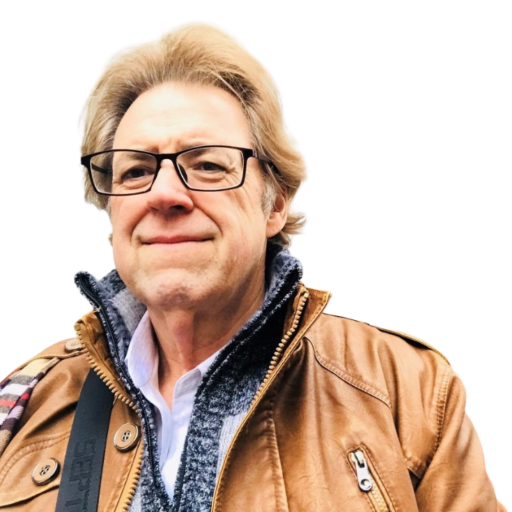
Sonny began writing fiction late in life.
During the 2020 COVID lockdown in Beijing, Sonny completed the Start Writing Fiction course from Future Learn. Two exercises from week two were to describe a writing space and to imagine a character.
These two exercises became the first chapter of this book, as Sonny continued writing. The simple exercise in a writing course became a series of five character-driven stories focused on the life of the main character, Judy Vernon.
Experiential travel, living in different countries, and working in remote and unusual locations, through seven different careers, has introduced Sonny to a range of unusual characters, broken people, and misfits who fuel the characters he brings to life in his writing.
Any feedback, comments, suggestions, observations, or questions can be directed to sonny@sonnykohet.com.
Sonny Kohet
Explore the Compelling Stories of Judy Vernon
Books by Sonny Kohet
Dive into the evocative and emotionally charged world of Judy Vernon, a bisexual journalist navigating love, loss, and life’s complexities in Sonny Kohet’s gripping trilogy. Each novel weaves a rich tapestry of human connection, personal growth, and suspense, drawing readers into Judy’s transformative journey.
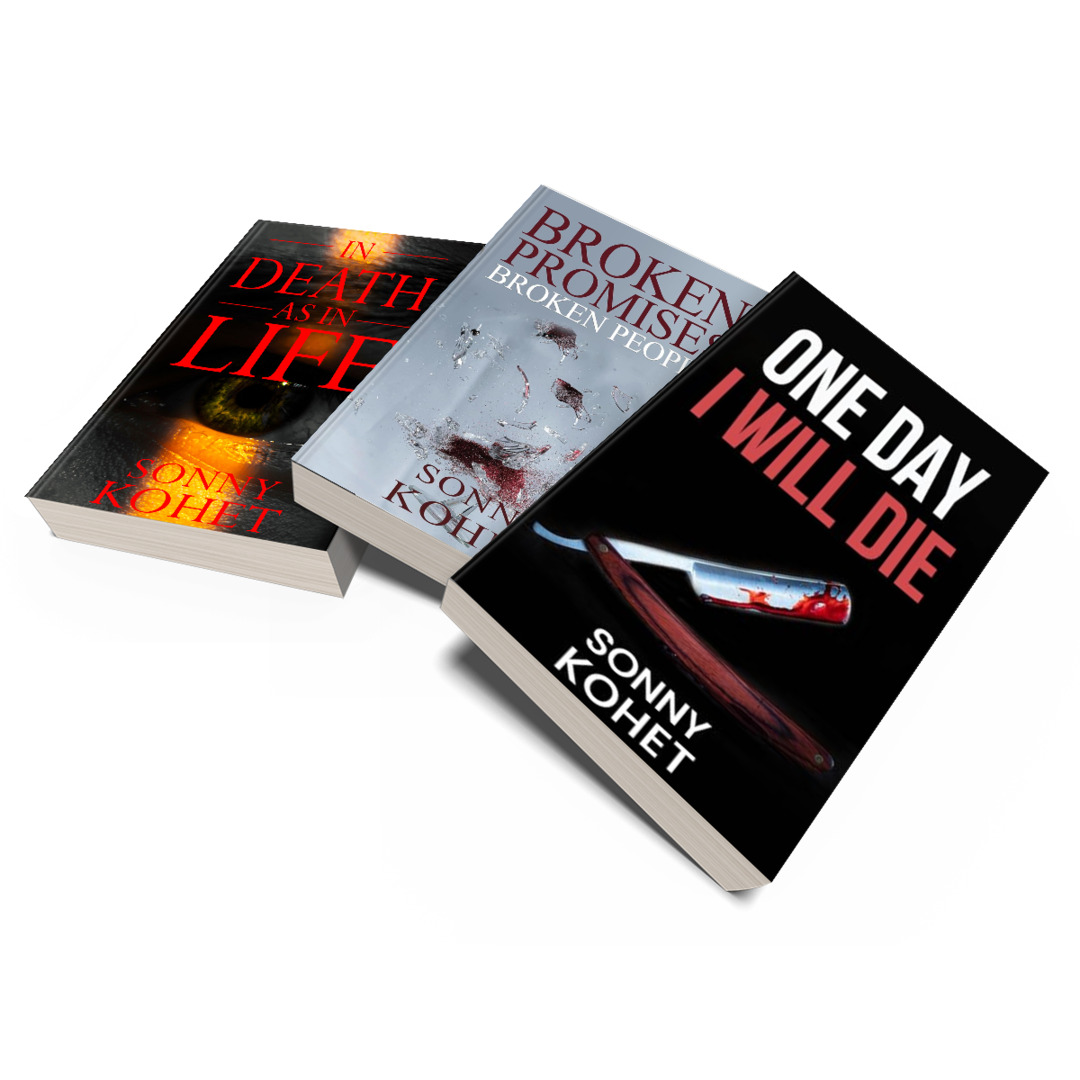
What Readers Are Saying
Discover the heartfelt praise and insights from readers captivated by Sonny Kohet’s evocative storytelling. Join the conversation and see why Judy Vernon’s journey resonates with audiences.
It is a masterfully crafted novel that follows Judy Vernon, a freelance journalist, as she becomes entangled in the mysterious life of Frank Farrington after witnessing his final moments.
As Judy delves deeper into Frank’s past, she finds herself emotionally invested in the lives of those he left behind, including his partner Billy and ex-wife Miriam, while also navigating her own complex relationships and bisexuality.
With a deliberate pace, the novel expertly weaves together elements of mystery, personal discovery, and moral dilemmas, exploring themes of grief, redemption, and the unpredictable nature of human connections.
Through Judy’s multi-layered character and the raw, messy relationships she forms, the book raises poignant questions about the control we have over our lives and the impact of unresolved pasts on our present, making for a beautifully written and thought-provoking tale.

The Shining Star
Review on "In Death As In Life"
Once again Sonny Kohet has skillfully woven a cast of complex character lives together with his easy to read style.
Broken Promises Broken People, delves into the most vulnerable pieces of each character’s lives. Then goes about rebuilding and healing their souls as they become part of Judy Vernon’s circle of friends. While each character evolves, no topic goes unturned: race, age, religion and sexual orientation all add a rich texture to this provocative story that might have you questioning where your morality lies.
Bonus if you’re a foodie. 😋 The tasty descriptions will leave your mouth watering and have you reaching for your cookbook.
Pick this one up today!
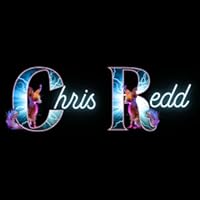
Chris Redd
Review on "Broken Promises, Broken People"
In Death As In Life is a gripping tale that follows Judy Vernon. First off, I genuinely enjoyed this character and felt she was well developed. I appreciate how well the author was able to tell his story, focus on Judy and intertwine story beats for other characters as well. I found myself not only invested in Judy but also the supporting cast. I’ve always been intrigued by a large assembled cast and was quite pleased to read a story that seamlessly integrated multiple characters with vastly different backgrounds. This is a very good read and highly recommended!
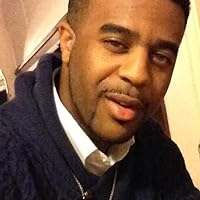
Christian Green
Review on "In Death As In Life"
When Frank Farrington, a stranger, collapses and dies in front of Judy, the last thing she expects is to see him again whenever she visits her favourite cafe. In exploring Frank’s past, she delves into her own. This is a meticulously written paranormal redemption saga, highly character-based, about intertwined relationships, and finding hope when someone close to you has gone. The revelations are subtly life changing for Judy and the novel explores the theme of finding a way to keep promises after death.
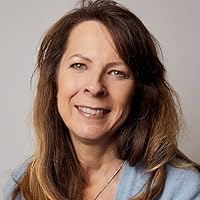
Lucy Lyons
Review on "In Death As In Life"


